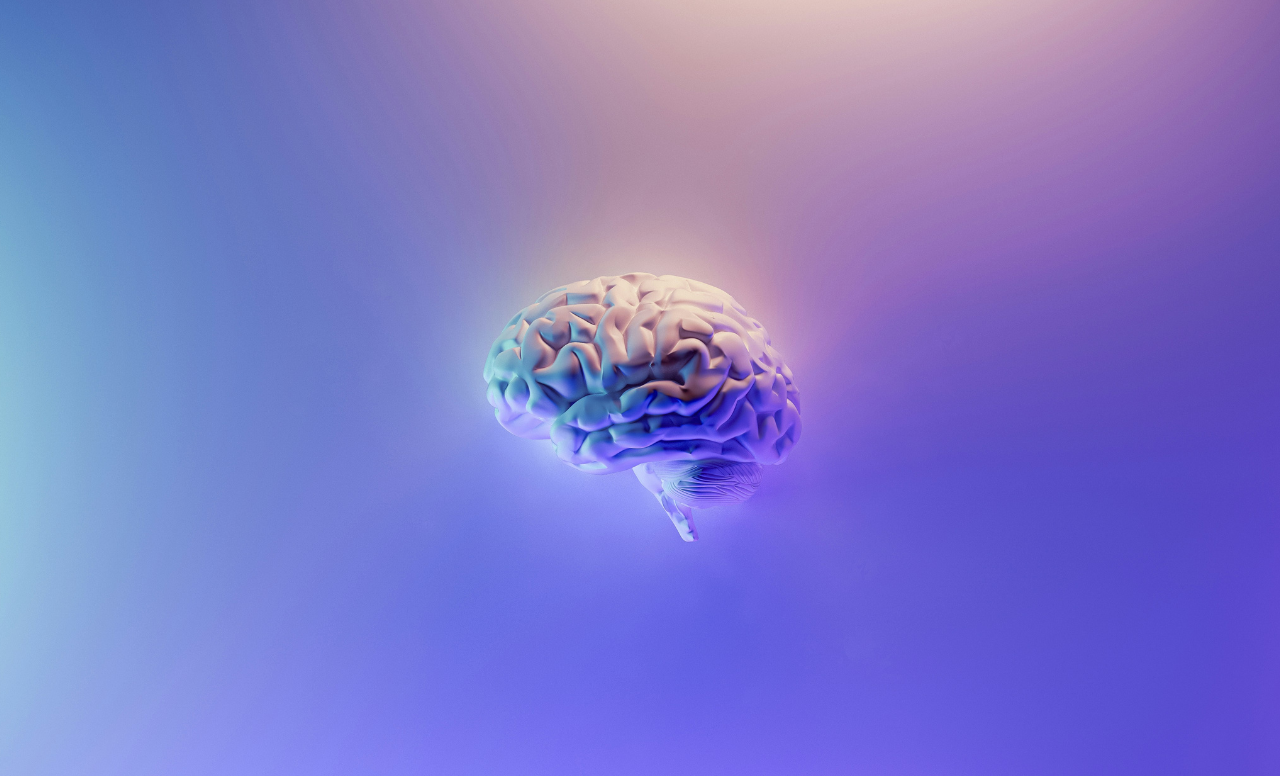Flashes of Hope: MIT’s Light and Sound Therapy Reverses Memory Loss in Down Syndrome Mice
MIT scientists have found a way to restore memory and boost brain function in mice with Down syndrome using a simple combination of light and sound. The treatment, called GENUS (gamma entrainment using sensory stimulation), uses flashing lights and pulsing sounds at 40Hz. After just one hour a day for three weeks, the mice showed clear signs of improved memory and brain connectivity.
How It Works
The mice were exposed to 40Hz light and sound daily. This frequency mimics the brain’s gamma waves, which are often disrupted in people with cognitive disorders. The results? Mice performed better in memory tests, exploring new objects and changed environments far more than untreated mice.
What Changed in the Brain
After treatment, the researchers saw a spike in new neuron growth (neurogenesis), especially in the hippocampus, a region linked to memory. They also observed stronger neural connections and more activity in genes tied to learning and memory. A protein called Reelin—known to protect against Alzheimer’s—was also preserved in treated mice.
Why It Matters
People with Down syndrome often face cognitive challenges and are at high risk for Alzheimer’s disease. Current treatments are limited. This study offers a possible new approach that doesn’t involve drugs or surgery. It’s non-invasive and easy to apply.
What’s Next
The team is cautious—these results are from mice, not humans. But the early data is promising enough that MIT has launched a small human trial. If future studies confirm these effects in people, GENUS could become a new tool to support brain health in Down syndrome and other neurological conditions.
📄 Full study: PLOS ONE, April 24, 2025
🔬 Learn more about GENUS: MIT Picower Institute

0 Comment